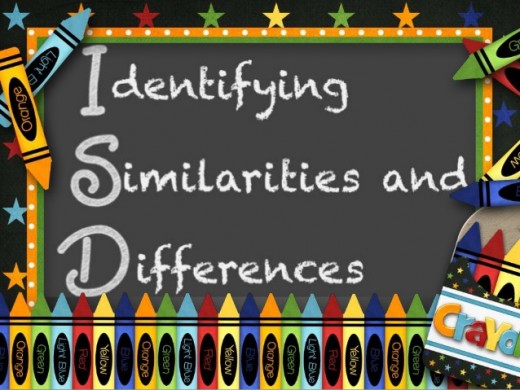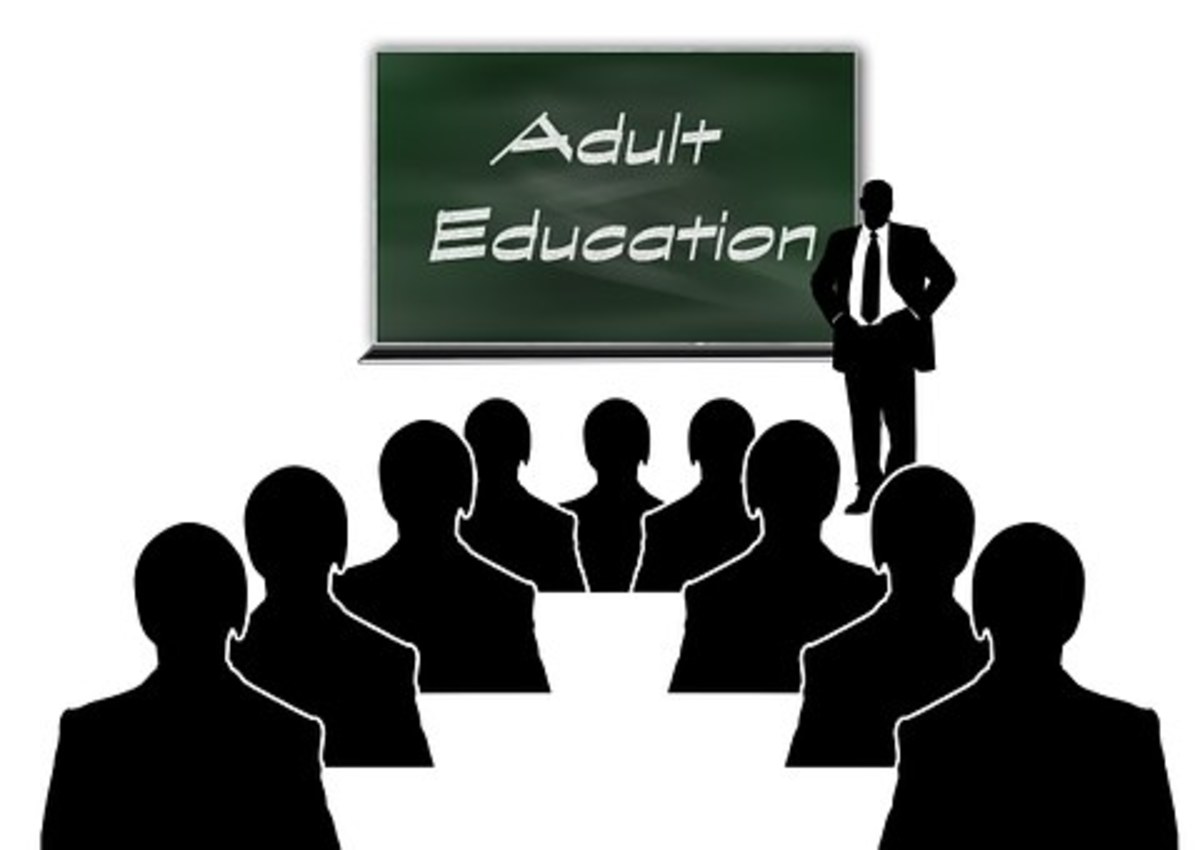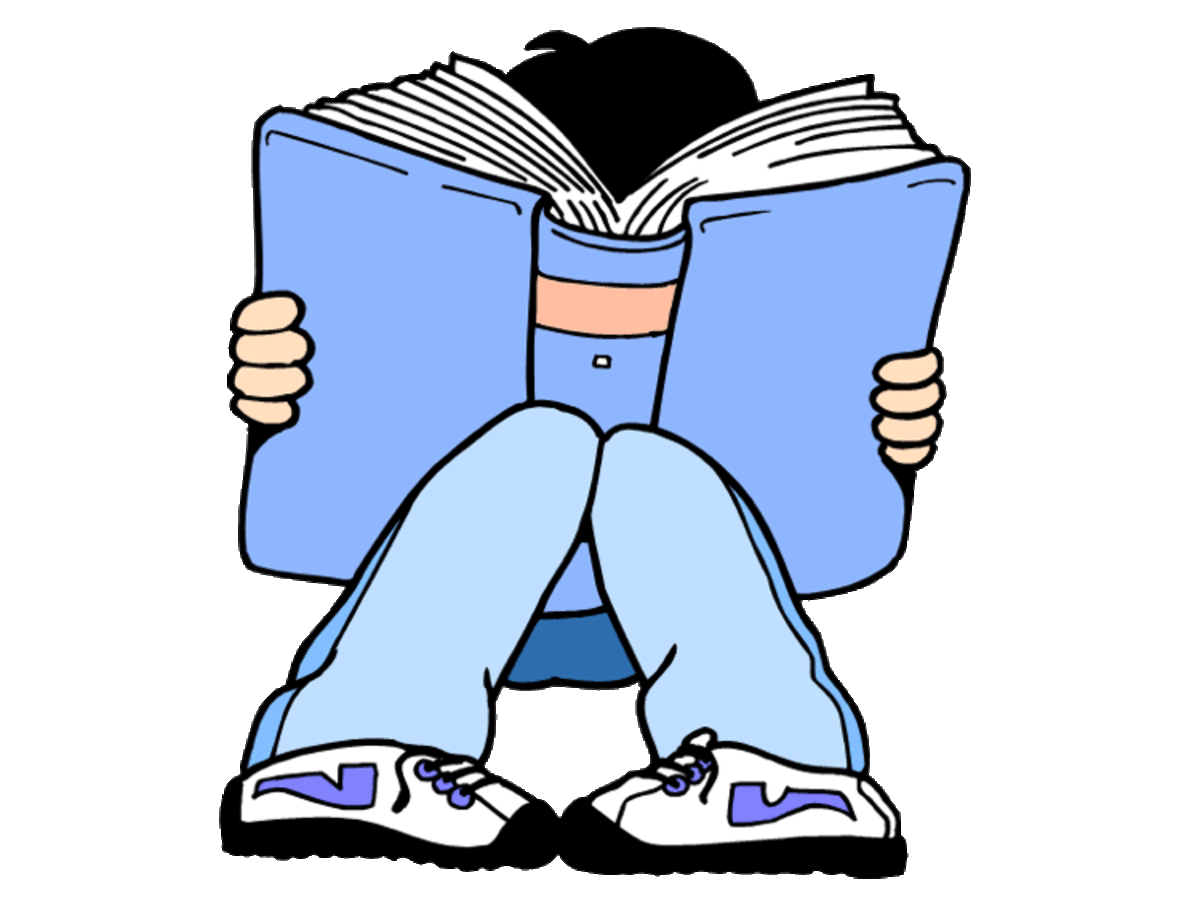Identifying similarities and differences
Introduction
Effective instructional strategies must be geared towards equipping the learners with the relevant skills to be able to distinguish between two concepts. Teaching methodologies adopted by the teacher must focus on establishing the proper framework through which the learners are capable of having an “in-depth” understanding of the theoretical construct of phenomena. According to Kulikowich, Cervetti, and Bravo, teaching strategies should begin from known concepts to unknown concepts; in this case, the learners will find it quite easy to grasp meanings and forms to distinguish between similar idea and or different issues (87).
Differentiating between the two concepts

Summarizing and note taking
Note taking strategies form the spine of any instructional methodology. Intertwined with the skills of doing summary work, these techniques provide a progressive intellectual development to the learners. According to Duygu, the value of review and note taking skills is relevant in elevating the analytical skills of the student (4122). Pedagogical strategies meant to enhance analysis, and note-taking skills must be ingrained in any well-meaning curriculum. For students, such skills must be accompanied by paraphrasing skills that empower them to be able to report the thoughts of someone else using their words yet retaining the meanings.
Reinforcing effort and providing recognition
Motivation and character reinforcement is a very pertinent aspect of any meaningful teaching methodology. Teachers are obligated to inculcate strategies through which the learners are capable of pursuing desired behavior while dropping or ignoring the non-desired behavior. Reinforcing efforts depend a lot on the personality of the learner and the nature of the learning experience. The teacher should be well equipped with the psychological construct that will enable him to reinforce desired behaviors in the learner. Also, instructional strategies should be able to give measurable goals usable to evaluate learners so that their efforts can be ordinarily ranked and recognized. According to Hagger et al., emphasis should be given to the recognition of the efforts of the learners and motivate the learners to go beyond their capacity115.
Homework and practice
Engaging the learners outside the classroom environment is a crucial provision in the curriculum that cannot be ignored. According to Semra, it is an avenue of further engaging the learners and assessing their retention rate53. Teachers must be able to alert the students on the relevance of the homework given and emphasize the need for further practice. Teachers are equally obligated to provide a platform through which learners are capable of practicing the theoretical concepts that they have learned within the classroom setting. Assessment and follow-up activities must be done to establish the progress of learners regarding homework and practice. This, according to Semra, should involve the parents as well 53.
Non-linguistic representations
Combining both the oral and visual strategies in the dissemination of knowledge is more beneficial to learners. Teachers have a responsibility to incorporate the non-linguistic techniques into the learning session to be able to complement the visual sessions. According to Martingelo, embracing the non-linguistic approaches enhances the learner’s concentration capacity and makes the learning experience more interesting (162). Whether a teacher employs the heuristic or the exploratory teaching model, the need to embrace the non–linguistic teaching strategy cannot be gainsaid. Martingelo asserts that teaching aids used to reinforce the non-linguistic strategy must be relevant and point to the lesson objectives desired (172).
Cooperative learning
Exploratory approaches in learning lay a lot of emphasis on the organization of learners into groups. These groups must be useful, meaningful and balanced to be able to spur the dissemination of relevant information to the learners. Cooperative learning does not only stimulate increased activity in learning but also inspires the transmission of critical study and learning culture amongst the students/learners. As Yeh and Hsin explain, group learning is also a very creative way of enhancing the social skills amongst learners in the school setting (532). However, it is important that proper care is taken during the formation of these groups.
Setting objectives and providing feedback
Every learning experience must have objectives to achieve at the end of the activity. Besides, these targets should be measurable and feedback offered. As a classroom teacher, the goals of any learning experience should tally with the instructional methods adopted. This is meant to ensure that the set objectives are achieved. These goals must be very specific and time bound. Provision of feedback on the progress of the set goals gives the classroom teacher an opportunity to evaluate the efficacy of the instructional strategies adopted. According to Cameron, Judith, and Christopher, the teacher must take the relevant class evaluation methodology to be able to adjust the teaching strategies effectively (381).
Generating and testing hypotheses
As an aspect of learning, cognitive development in learners is at the core of the learning pedigree. Generation and testing of hypotheses engage the learners in a very complex evaluation of phenomena and developing an explanation for it. Generation of hypotheses involves deductive and inductive reasoning that seeks to enhance the cognitive development of the learner.In this respect, learning strategies must be geared towards enabling students to develop higher thinking capacity towards the development and testing of hypotheses (Generating and Testing Hypotheses).
Cues, Questions, and Advance Organizers
Any instructional methodology should be cognizant that learning takes a very progressive approach. Cues and questions are significant in helping the learners to advance their knowledge from a known concept to an unknown field. Using these strategies, the teacher should be able to elevate the thinking process of the learners systematically and enable them to learn in phases (Beesley, Helen, and McREL).








